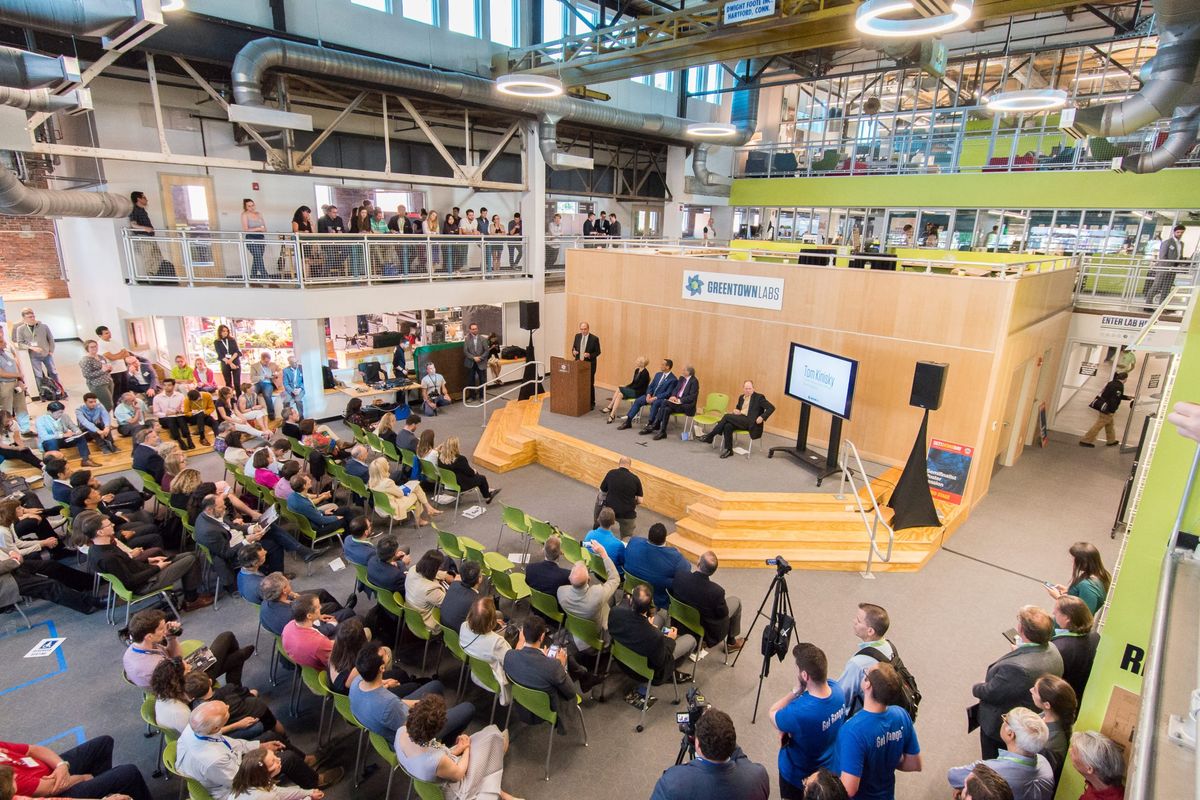When most people think about Texas, wind turbines and solar panels may not be the first images that come to mind. But in reality, the state now leads the nation in both wind-powered electricity generation and utility-scale solar capacity. In 2024 alone, Texas added approximately 9,700 megawatts of solar and 4,374 megawatts of battery storage, outpacing all other energy sources in new generation capacity that year. So what’s driving Texas’ rapid rise as the renewable energy capital of the United States?
Leader in wind energy
Texas has been a national leader in wind energy for more than a decade, thanks to its vast open landscapes and consistent wind conditions, particularly in regions like West Texas and the Panhandle. These ideal geographic features have enabled the development of massive wind farms, giving Texas the largest installed wind capacity in the United States. Wind energy also plays a strategic role in balancing the grid and complements solar energy well, as it often peaks at night when solar output drops.
Battery storage growth
Increasing battery storage capacity is unlocking more potential from solar and wind. When intermittent energy sources like wind and solar go offline, batteries release stored electricity and provide stability to the Electric Reliability Council of Texas system. Excluding California, Texas has more battery storage than the rest of the United States combined, accounting for over 32% of all the capacity installed nationwide.
Solar electricity generation and utility-scale batteries within ERCOT power grid set records in summer 2024. Between June 1 and August 31, solar contributed nearly 25% of total power demand during mid-day hours. In the evening, as demand stayed high but solar output declined, battery discharges successfully filled the gap. Battery storage solutions are now a core element of ERCOT’s future capacity and demand planning.
Interest in creating a hydrogen economy
Texas is well positioned to become a national hub in the hydrogen economy. The state has everything needed to lead in this emerging space with low-cost natural gas, abundant and growing low carbon electricity, geology well suited for hydrogen and carbon storage, mature hydrogen demand centers, existing hydrogen pipelines, established port infrastructure and more. The state already has an existing hydrogen market with two-thirds of the country’s hydrogen transport infrastructure.
In 2023, the Texas Legislature created the Texas Hydrogen Production Policy Council, which found that:
- Hydrogen could represent a grid-scale energy storage solution that can help support the increased development of renewable electricity from wind and solar. Renewable electricity that is converted to hydrogen can improve overall grid reliability, resilience and dispatchability.
- The development of the hydrogen industry, along with its supporting infrastructure and its downstream markets within Texas, could attract billions of dollars of investment. This development may create hundreds of thousands of jobs - especially with younger generations who are passionate about climate science - and greatly boost the Texas economy.
- Hydrogen supports the current energy economy in Texas as a critical component to both conventional refining and the growing production of new biofuels (such as renewable diesel and sustainable aviation fuel) within the state.
Legislative action and pressure to reduce carbon emissions
Texas has also seen key legislative actions and policies that have supported the growth of renewable energy in Texas. During the most recent legislative session, lawmakers decided that The Texas Energy Fund, a low-interest loan program aimed at encouraging companies to build more power infrastructure, will receive an additional $5 billion on top of the $5 billion lawmakers approved in 2023. Of that amount, $1.8 billion is earmarked to strengthen existing backup generators, which must be powered by a combination of solar, battery storage and natural gas. These funds signal growing institutional support for a diversified and more resilient energy grid.
Furthermore, there is growing pressure from investors, regulators and consumers to reduce carbon emissions, and as a result, private equity firms in the oil and gas sector are diversifying their portfolios to include wind, solar, battery storage and carbon capture projects. In 2022, private equity investment in renewable energy and clean technology surged to a record-high $26 billion.
The future of the renewable energy workforce
With renewable energy jobs projected to grow to 38 million globally by 2030, the sector is poised to be one of the most promising career landscapes of the future. Given that young people today are increasingly environmentally conscious, there is a powerful opportunity to engage students early and help them see how their values align with meaningful, purpose-driven careers in clean energy. Organizations like the Energy Education Foundation play a vital role in this effort by providing accessible, high-quality resources that bridge the gap between energy literacy and real-world impact. The nonprofit employs comprehensive, science-based educational initiatives to help students and educators explore complex energy topics through clear explanations and engaging learning tools, laying a strong foundation for informed, future-ready learners.
STEM and AI education, which are reshaping how young people think, build, and solve problems, provide a natural gateway into the renewable energy field. From robotics and coding to climate modeling and sustainable engineering, these learning experiences equip students with the critical skills and mindsets needed to thrive in a rapidly evolving energy economy. By investing in engaging, future-focused learning environments now and through leveraging trusted educational partners, like the Energy Education Foundation, we can help ensure that the next generation of learners are not just prepared to enter the clean energy workforce but are empowered to lead it.
With its rapidly growing wind, solar, battery and hydrogen sectors, Texas is redefining its energy identity. To sustain this momentum, the state must continue aligning education, policy, and innovation—not only to meet the energy demands of tomorrow, but to inspire and equip the next generation to lead the way toward a more sustainable, resilient and inclusive energy future.
---
Kristen Barley is the executive director of the Energy Education Foundation, a nonprofit dedicated to inspiring the next generation of energy leaders by providing comprehensive, engaging education that spans the entire energy spectrum.













 Air Liquide and Hyundai agreed to expand hydrogen refuelling networks, storage capacity and more at a meeting in Seoul last week. Photo courtesy Air Liquide.
Air Liquide and Hyundai agreed to expand hydrogen refuelling networks, storage capacity and more at a meeting in Seoul last week. Photo courtesy Air Liquide.
